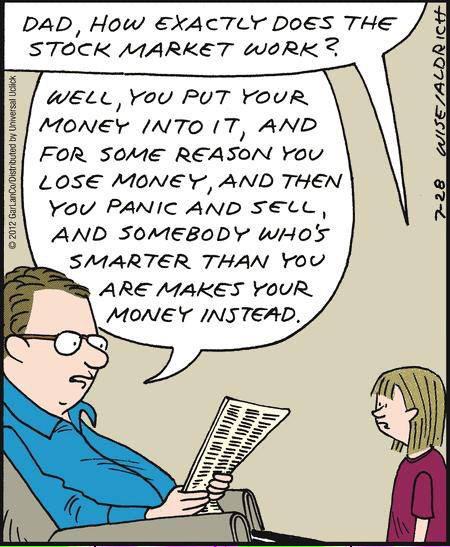There are five key things that make all the difference in profitable trading:
 Focus on a system with bigger wins than losses, big wins makes robustness a much easier thing to find. A 1:3 risk/return ratio makes it much easier to be profitable even with more losses than wins.
Focus on a system with bigger wins than losses, big wins makes robustness a much easier thing to find. A 1:3 risk/return ratio makes it much easier to be profitable even with more losses than wins.
Trade in the direction of the trend, in my experience buying dips in a bull market and selling into strength in a bear market is a much easier process than calling tops and catching falling knives.
Trade small versus your buying power, most systems fail because traders simple trade too big causing losses and being wrong to set them back far too much. Small losses are easy to come back from a string of big losses is fatal.
Trade price action not opinions. Be quick to cut losses and patient to ride winners. Getting stuck on what you think should happen could be fatal when the market disagrees with you.
Your goal as a trader is to find an edge over the 90% of traders that lose money, once you have that edge the more you trade the right signals the better chance you have of being profitable. Before you have an edge the volume of trades work against you as your luck runs out.
 Risk management is the most important thing to be well understood.Undertrade, undertrade, undertrade is my second piece of advice.Whatever you think your position ought to be, cut it at least in half.
Risk management is the most important thing to be well understood.Undertrade, undertrade, undertrade is my second piece of advice.Whatever you think your position ought to be, cut it at least in half.  Risk management is the most important thing to be well understood.Undertrade, undertrade, undertrade is my second piece of advice.Whatever you think your position ought to be, cut it at least in half.
Risk management is the most important thing to be well understood.Undertrade, undertrade, undertrade is my second piece of advice.Whatever you think your position ought to be, cut it at least in half. 


 Focus on a system with bigger wins than losses, big wins makes robustness a much easier thing to find. A 1:3 risk/return ratio makes it much easier to be profitable even with more losses than wins.
Focus on a system with bigger wins than losses, big wins makes robustness a much easier thing to find. A 1:3 risk/return ratio makes it much easier to be profitable even with more losses than wins.

